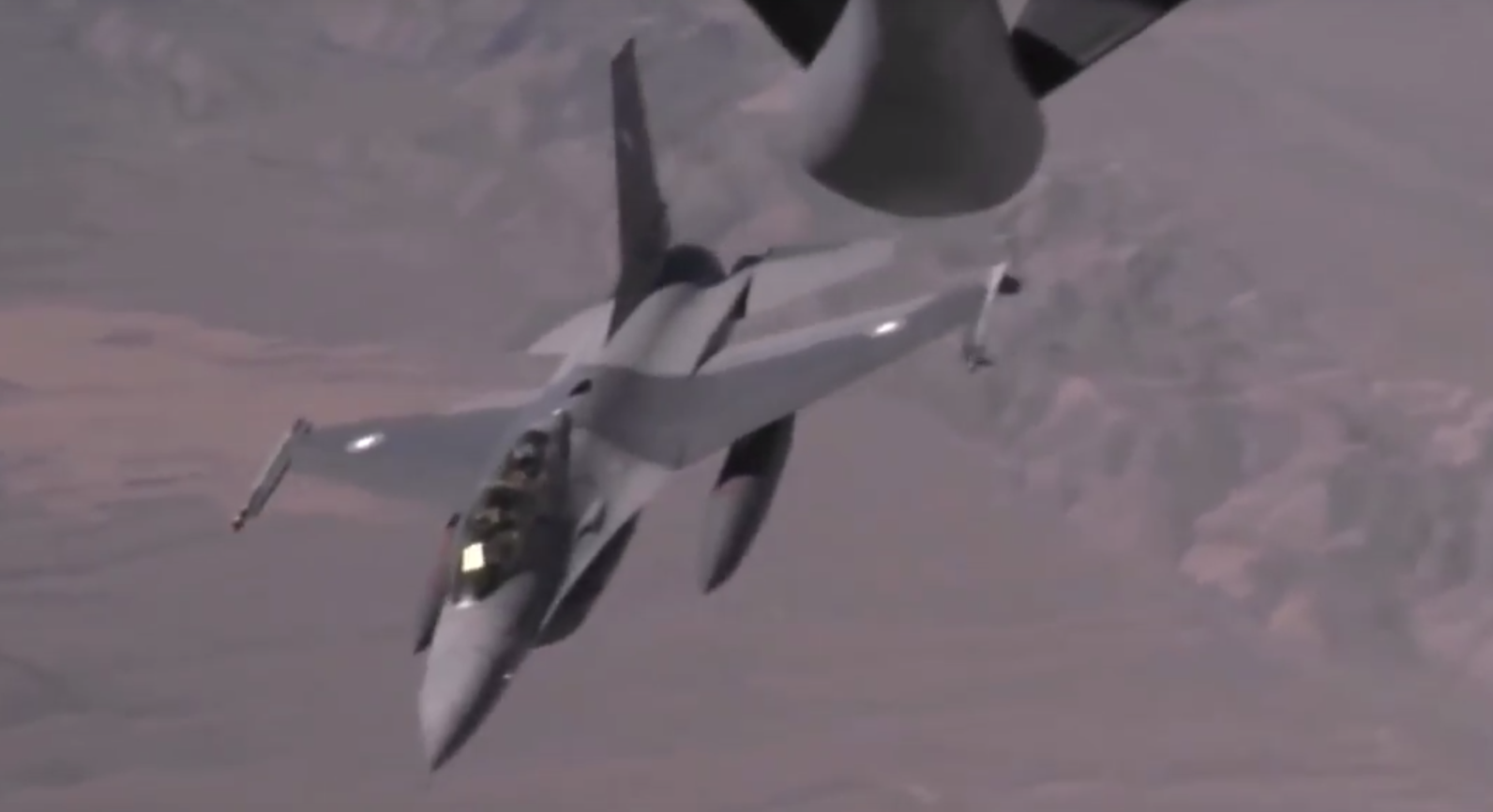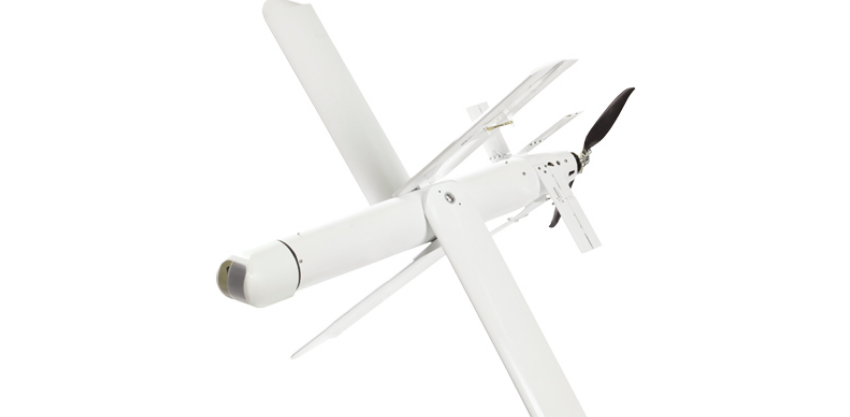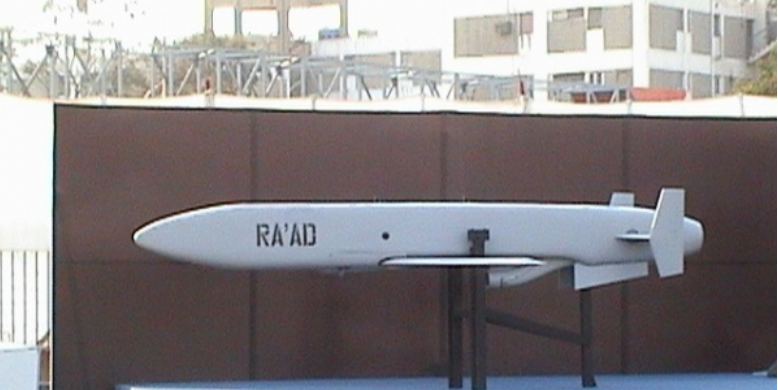2844Views 7Comments

Discussion: Why Pakistan’s F-16s do not have in-flight refuelling support
Foreword: This is not a news story, but a piece for the purpose of discussion. The details offered in this article as well as in subsequent parts are not authoritative pieces of information, but rather, perspectives on the Pakistan Air Force’s options in terms of in-flight refuelling aircraft.
For the Pakistan Air Force (PAF), the F-16 serves as both its current qualitative driver (in terms of bringing new air warfare technologies to the fleet) and mainstay multi-role fighter.
Besides serving in the front as the PAF’s principal long-range air defence asset (which is gradually being supplemented with the JF-17), the F-16 has also been a major counterinsurgency (COIN) strike asset in the Federally Administered Tribal Areas (FATA).
With a total of 74 F-16s (i.e. 18 F-16C/D Block-52+, 45 F-16A/B Block-15 Mid-Life Update, and 13 F-16A/B Block-15 Air Defence Fighter), it is interesting to observe that the PAF does not possess an in-flight refuelling tanker that could support this key force. In fact, when the PAF’s F-16s are deployed overseas to participate in exercises, such as Red Flag and Anatolian Eagle, they require in-flight refuelling support from U.S. Air Force (USAF) KC-135 Stratotankers.
If one is wondering why the PAF’s IL-78 tankers cannot be used to support the F-16s, the answer lies in the fact that the F-16s utilize a different aerial refueling system than what the IL-78 is configured to use. The IL-78s refuel using the hose-and-drogue method, which is designed with a trailing hose with a receiver basket at its end, which connects to an external refuelling probe on the receiver.
The PAF’s Mirages – and in the short-term JF-17s – refuel using the hose-and-drogue method. On the other hand, the F-16s require a refuelling boom, which connects to a fuel receiver system in the fuselage. The main benefit behind boom-refuelling is the higher rate of fuel transfer. However, only U.S. designs utilize this method, the rest of the world – from the Western Europeans to the Chinese – depend on hose-and-drogue, which is simpler to integrate onto receiver as well as tanker platforms.
When the PAF began pursuing an in-flight tanker, it was fully aware of the F-16’s specific needs. It was for this reason that the PAF had originally hoped to secure the Airbus A310 Multi-Role Tanker Transport (MRTT) system for its fleet. The Airbus A310 MRTT was introduced in the early 2000s for the German and Canadian forces. Airbus Defence and Space (then known as the European Aeronautic Defence and Space Company or EADS) utilized existing A310s for the MRTT modification, which imbued the airliner with not only a boom refueling probe but also wing-mounted hose-and-drogue probes.
The A310 MRTT was a comparatively low-cost option (considering the offering was primarily modification and added subsystems for surplus A310 airliners). Unfortunately for the PAF, Airbus had pivoted away from A310 MRTT and instead began to exclusively push the A330 MRTT.
While based on the Airbus A330 airliner, the A330 MRTT is offered as a new-built solution. In other words, the airframe is built with in-flight refuelling and military airlift tasks from the onset. While a very capable platform, the A330 MRTT was – and still is – a prohibitively expensive system for the PAF. The complete approximate unit cost of each A330 MRTT sits at $250 million U.S.
The PAF could have sought surplus KC-135s from the U.S., but shaky defence ties, as well as the prospect of dealing with heavily aged airframes, would have put a stop on that road. In effect, the PAF’s F-16s have been left with no in-flight refuelling support, which in some respects caps the fighter from achieving better operational potential. Without in-flight refuelling, the F-16s would have to depend on external fuel pods in order to undertake extended-range or long-endurance flights. These pods force a cost in having fewer available hardpoints for air-to-air and/or air-to-surface munitions.
The PAF’s plans for addressing this issue are not known. In fact, it simply may not pursue a solution at all. However, it may be worth – for discussion’s sake – exploring the idea of a new dual-configuration tanker (i.e. one capable of hose-and-drogue and boom-refuelling). The upfront cost of the A330 MRTT is certainly high, but other considerations ought to be made as well.
First, the A330 MRTT would not be restricted to just supporting the F-16s, it can support the PAF’s hose-and-drogue assets, such as the JF-17, as well.
Second, the A330 MRTT airframe is that of a commercially popular airliner, so it is an inherently fuel-efficient design. In fact, the A330 is powered by two turbofan engines (in contrast to the IL-78’s four), so the overall fuel demand of the A330 MRTT should be less than that of the IL-78. The airline aspect could also render the availability of spare parts and maintenance support a relatively low-cost effort.
Third, the A330 MRTT can carry passengers or cargo in addition to fuel. In other words, if the PAF deploy a fighter unit for exercises, a lone MRTT unit could (potentially) be sent to provide tanker support as well as serve as a general transport. Granted, this is conditional on a number of factors, such as the location of the exercise (e.g. a single MRTT to provide complete support for Red Flag may be unrealistic).
Granted, the PAF’s scope of acquisitions is not wide at this time. In fact, unless the PAF opts to configure its next-generation fighter for boom refuelling, the long-term utility of pursuing a boom-type tanker will diminish as F-16s are retired. Unless there is an infusion of additional – and fresher – F-16s, the necessity for the A330 MRTT for the sake of its boom-refuelling capability is limited. If the PAF is to consider this system, it would be on the basis of fuel efficiency, versatility, and maintenance costs (though this would require one to assume the IL-78 is costlier to maintain). Furthermore, the A330 MRTT is a platform the PAF could operate for many decades, which may help offset the high upfront price.



7 Comments
by bill
I think it is a time for reality check as per restriction imposed by or so called ally USA, PAF can only use F16s for Air defense only or at best for COIN operations but not as bomber against India. We even can’t get capable BVR like AMRAAM120 or AIM9X along with Viper upgrade ore IRSTs.
We now should realize that the role of F16s in near future for Pak be of AD only and even for that it may not have next gen gadgets. We should now start to induct another true 4++ gen platform like Euro fighter trench 1 with relevant upgrades or at least J10C variant if available for export. On other hand should try to start production of JF17 block 3 as soon as possible.
PAF does n’t need to waste money for tanker sport regarding F16s.
by SP
Pakistan does not need to waste money on a tanker for f-16 which is obsolete in the regional context and earlier models should start being phased out in a decades time.
F-16 can make do with conformal fuel tanks for extended missions, but US would not allow extended missions and can stop US missiles carried by F-16 from detonating in the event of war with India, which may be a reason why US would not allow non US missiles to be carried by F-16.
by Halz
We actually have BVRs for the F16s….we bought Aim-120s a while ago.
by Bilal Khan - Quwa
Most of the PAF’s F-16s are technically first-hand. The bulk of the A/B fleet is from the Peace Gate I and II lot acquired in the 1980s, though 14 from Peace Gate III and IV were also transferred from USAF after 2005, they were originally ordered by the PAF in the late 1980s. The F-16C/Ds are from Peace Drive I and are all new-built. The 13 ADFs are excess units from Jordan. Also, the PAF had received 500 AIM-120C5 AMRAAM with the Peace Drive I units.
by SS_IND
The point is not how old the aircraft are(18 C/D block being new), its the fact they never provided TOT or manufacturing the jet or even spares. The F-16 older versions are obsolete and the upgraded versions are not a match for regional air power considering the upgrades in Air Defense Systems (S400 and 300).
F-16 Block A/B – 45+13 – This version is totally obsolete and phased out or upgraded by most F-16 operators.
Block C/D – 18 (less than 1 Squadron)- More combat capable as a all weather and BVR capability but a 4 gen fighter.
by Bilal Khan - Quwa
The PAF had updated its Peace Gate F-16A/Bs under the MLU program, which had resulted in equipping them with the same radar, avionics, and ECM/EW as the Block-52. The airframes are old, but the capabilities are current grade, even for South Asia.
by bill
AIM 120 C5 we have which is not latest version, similarly HOBS WVR like AIM 9X not available to us.